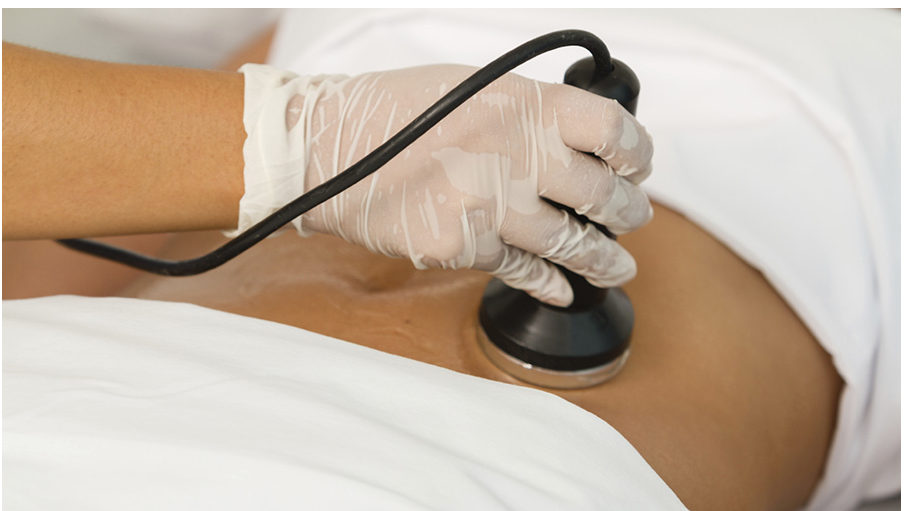RF Cavitation
RF Cavitation is used to remove fat deposits under your skin. This is a safer alternative to surgeries such as liposuction. This treatment uses ultrasound radio waves to break down fat cells, which are then absorbed by your lymphatic system.
This method is different from other treatments because it does not require an incision. This means that it is easier to recover. It also means that the results may be less noticeable.
Ideal candidate for RF Cavitation
She is in good general health
He does not smoke
Has realistic expectations
This method is not suitable for people who are trying to lose a lot of weight.
Ultrasonic cavitation relies on ultrasound technology to break down fat cells.

How does RF Cavitation work?
Ultrasound waves are sent deep into the layers of your skin, causing them to vibrate. Fat cells separate from each other and from the skin layers.
After a few days, fat cells are absorbed by your lymphatic system and discharged as waste products from your body.
Target areas for ultrasonic cavitation
Some credible sources suggest that this treatment is more effective in reducing fat in the "fibrotic" areas of your body, including the back and chest area.
It is also often done in the following cases:
Abdominal
hip
the face
Neck
Arms
Thigh areas
side effects
Ultrasonic cavitation is considered a low-risk treatment for most people. Common side effects include:
Red
Bruising
Headache
Pain and bruising are usually mild. You will be taught to hydrate your body as much as possible after this operation so that you can flush fat cells through your lymphatic system.
Most candidates for this treatment will see their final result within 6 to 12 weeks. The results of this treatment are permanent as long as you have a healthy diet and exercise. If you have a sedentary lifestyle, fat deposits may return to the treated areas.